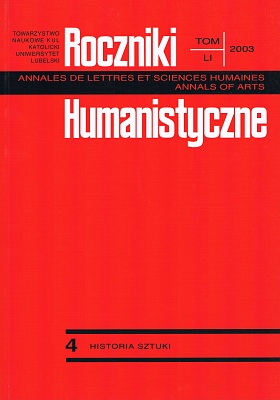„The Palatine Wall” and Porta Mugonia: Criticism of a Certain Identification
Abstract
The paper is a critical examination of the excavators’ interpretation of the sequence of walls of the 8th-6th century BC unearthed in Sector 9 of Carandini’s excavations between the Palatine and the Sacra Via as fortifications, and of a discontinuity they claim to have discovered in them as the original Porta Mugonia. The arguments against this interpretation: 1) the walls were too flimsy to have ever served as fortifications; 2) the proposed location of the main gate of the Palatine settlement is most improbable in the light of the natural relief and the character of land surface of the zone; 3) the excavators’ reconstruction of the street pattern before the Late Archaic transformations, centering on the alleged gate, is entirely arbitrary and contrary to the zone’s natural configuration; 4) the discontinuity interpreted as the opening of a gate is not obvious in the first wall and indemonstrable in the others; 5) from the last phase of the second wall onwards there is nothing that might be interpreted as the surface of a street that would have led from the gate to the Palatine.
Copyright (c) 2003 Roczniki Humanistyczne

This work is licensed under a Creative Commons Attribution-NonCommercial-NoDerivatives 4.0 International License.





